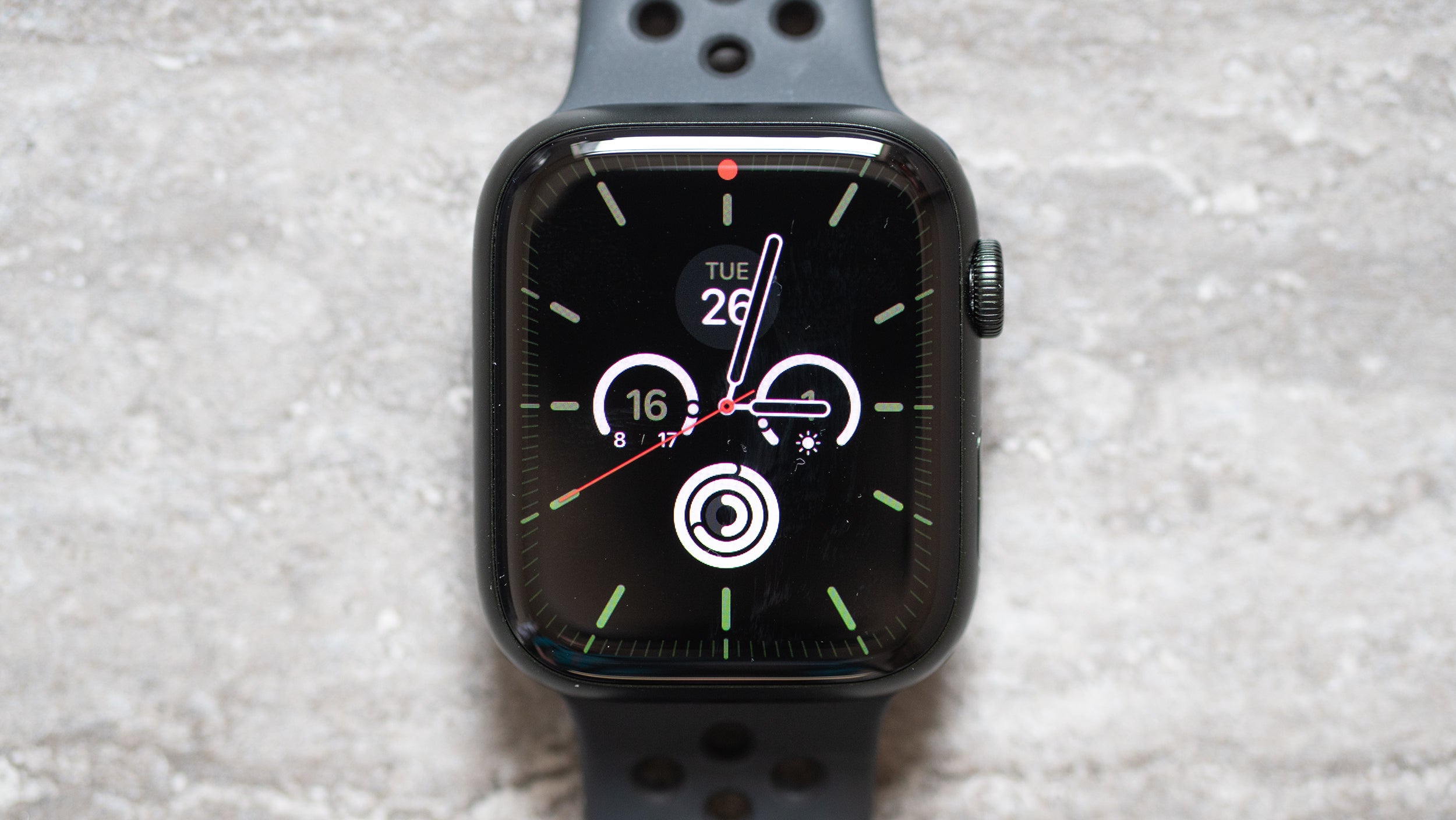
Apple Watch Series 7 review: The best just got better
You do, however, get faster charging with the Apple Watch Series 7, thanks to a redesigned USB-C charging plate. The improvement, Apple says, is 33%, so where the Series 6 might take as long as an hour and half to charge from zero to full, the Series 7 only takes an hour and it will charge from zero to 80% in around 45 minutes. (If you use an Apple Watch charger from an older watch, however, the Series 7 will still charge but at the slower rate.)
In my experience so far, Apple’s claims have proved pretty accurate and it does make a difference, especially if you’re using the watch for sleep tracking. Pop it on the charger after waking up and you’re far more likely to reach 100% by the time you’ve finished making and eating breakfast and are ready to leave the house than with the Series 6.
It’s also good to see that the Apple Watch’s GPS and heart rate monitor are both as accurate as ever. I compared the GPS traces to those produced by a Garmin Enduro and the Apple Watch Series 7 performed exceptionally well, producing smooth traces that rarely cut corners or wandered significantly off track.
Distance and pace accuracy couldn’t quite match that of my Stryd foot pod but, then, I’ve found no GPS device that can, especially under heavy tree cover and the Apple Watch was as close as the best GPS fitness watches I’ve tested in this regard.
The same goes for the accuracy of the heart-rate monitor. In general, I’ve found it to be very reliable, and whenever I checked it during workouts, it was within a few beats per minute of the chest belt I was wearing for comparison. Averages, maximums and minimums all matched up well, too. It suffers with the same issues that all optical, wrist-worn monitors do, though: there is a little lag in the readings compared with a chest belt, which can make exercising to a set heart-rate zone during interval sessions a challenge; and on cold days it can take a while to latch on to your heart rate at the beginning of a run. That said, it’s not quite as bad as some, though, and never locks on to your running cadence instead of your heart rate.


